Tatars of Azerbaijan: history and modernity For Rustam Minnikhanov's visit to Baku
A delegation of the Republic of Tatarstan headed by President Rustam Minnikhanov is expected to visit Baku today, November 28. The consultant of the Permanent Representation of the Republic of Tatarstan in Azerbaijan Elmira Yusifli has written an article timed to the event.
Azerbaijan has the most civilized norms of national and religious coexistence, a tolerant environment, and state-religious relations in the country are perceived as a model around the world. In its ethnic diversity, Azerbaijan resembles a huge colorful carpet. Representatives of more than 100 ethnic groups, including the Tatars of the Volga region, live here. According to official data from the 2009 census (the 2019 census data has not yet been officially published), there are 25,900 Tatars living in Azerbaijan. The main part of Tatars (97 per cent) lives in the capital of the republic - Baku, being the third largest ethnic group in the city. The main religion practiced by the Tatars of Azerbaijan is Hanafi Madhab Islam.
Most Baku Tatars are descendants of immigrants from Mordovia, Penza, Ulyanovsk, Samara, Tyumen, and Astrakhan regions of Russia. The percentage of natives from other regions, including Tatarstan, is relatively small. The absolute majority of the Tatar population speaks Russian and Azerbaijani, and the older generation speaks Tatar.
It should be noted that representatives of all nationalities, national minorities, and ethnic groups live in Azerbaijan as one family, in conditions of tolerance, mutual understanding, and mutual respect. Tatars are an integral part of the multinational Azerbaijani people, its history, and its culture.
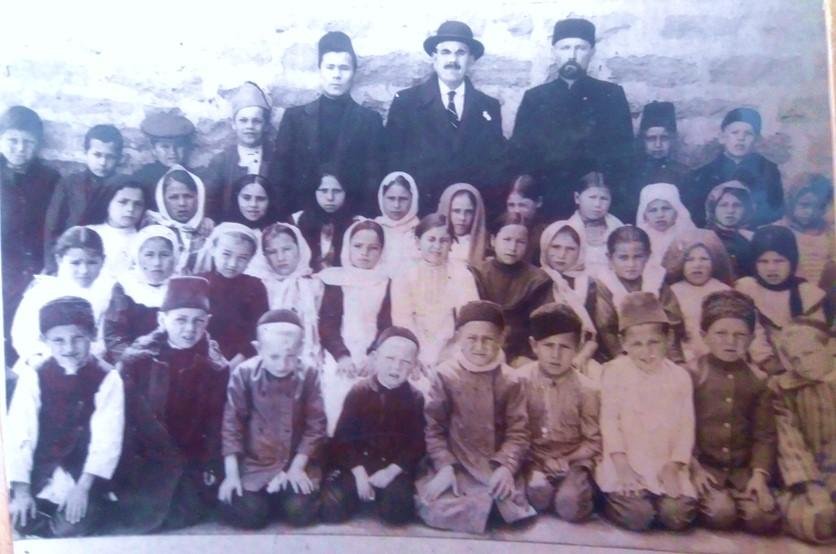
Appearance of Volga Tatars in territory of modern Azerbaijan
The first mentions of the appearance of Tatars on the territory of modern Azerbaijan date back to the documents of the beginning of the 18th century. According to historical sources, about 30 thousand serving Tatars took part in the Persian march of Peter I (1722-1723).
After the joining of Baku khanate to the Russian Empire, in 1724 Emperor Peter I issued a decree in which representatives of Tatars, Chuvashs and Mordovians had to gather and send to Baku and to Kura to build the fortress. As a result, five thousand people from the service and Yasach Tatars, Mari, and Chuvash of the Kazan province were sent to excavation and construction works in Baku and its environs. The unfamiliar climate, hunger, disease, and hard work on the construction of fortifications affected the health of the people. Many died away from their homeland, unable to endure the hardship. Most of the names of Tatars in service were marked "died in Baku" in the revision lists of that time.
In the first quarter of the 18th century, the Russian Empire, moving towards the North and South Caucasus, also needed civilian specialists to ensure and develop communications with the local population. Serving Tatars who spoke Russian and Tatar (Turkic) were widely used by the Russian state in the diplomatic service, as messengers, interpreters, and attendants.
Tatars of Azerbaijan in pre-revolutionary and Soviet periods
From the end of the 19th century the capital of Azerbaijan - Baku became the center of Tatar migration to the region. Settlers were attracted by the availability of jobs in the oil fields, a relatively mild climate, food, as well as the commonality of language, religion, and tolerance of the indigenous population. In 1913 the number of workers and employees of Kazan (Volga Region) Tatars in Baku was 2,067.
Even before the revolution of 1917, a large layer of progressive Tatar intelligentsia had formed in Baku, newspapers, and books were published in the Turkic language, and public thought was developing. Famous enlighteners, scientists, political figures, military officers, teachers, doctors, musicians, and actors from among the Tatars flocked to Azerbaijan.
One of the most famous Tatar families that moved to Azerbaijan was the Teregulovs. Representatives of this noble family made a significant contribution to the development of education and culture in Azerbaijan in the period from the late 19th century to the middle of the 20th century.
The most prominent representatives of this family were brothers Ali and Khanafi Teregulovs. From 1906 to 1918 Ali Hasanovich Teregulov was engaged in active cultural and educational activities, leading revolutionary propaganda among the Baku workers. He headed the Union of Volga Tatars of Azerbaijan "Birlik".
Khanafi Teregulov was a prominent public and political figure, who made a significant contribution to the development of culture and education in the republic. At the beginning of the twentieth century, he directly participated in the process of creating Russian-Tatar schools.
The educator and enlightener Rakhilya Ibragimovna Teregulova made a great contribution to the formation of education. Rakhilya Teregulova was an organizer of the Baku Muslim charitable society and one of the first teachers and supervisors of the Baku female Russian-Muslim school named after Empress Alexandra Fedorovna. In 1908, she initiated the opening of a two-class school for Azerbaijani girls in Baku. The school was transformed into the 3rd city Russian-Muslim female school in 1910. Rakhilya Teregulova was appointed its director and headed it until 1914.
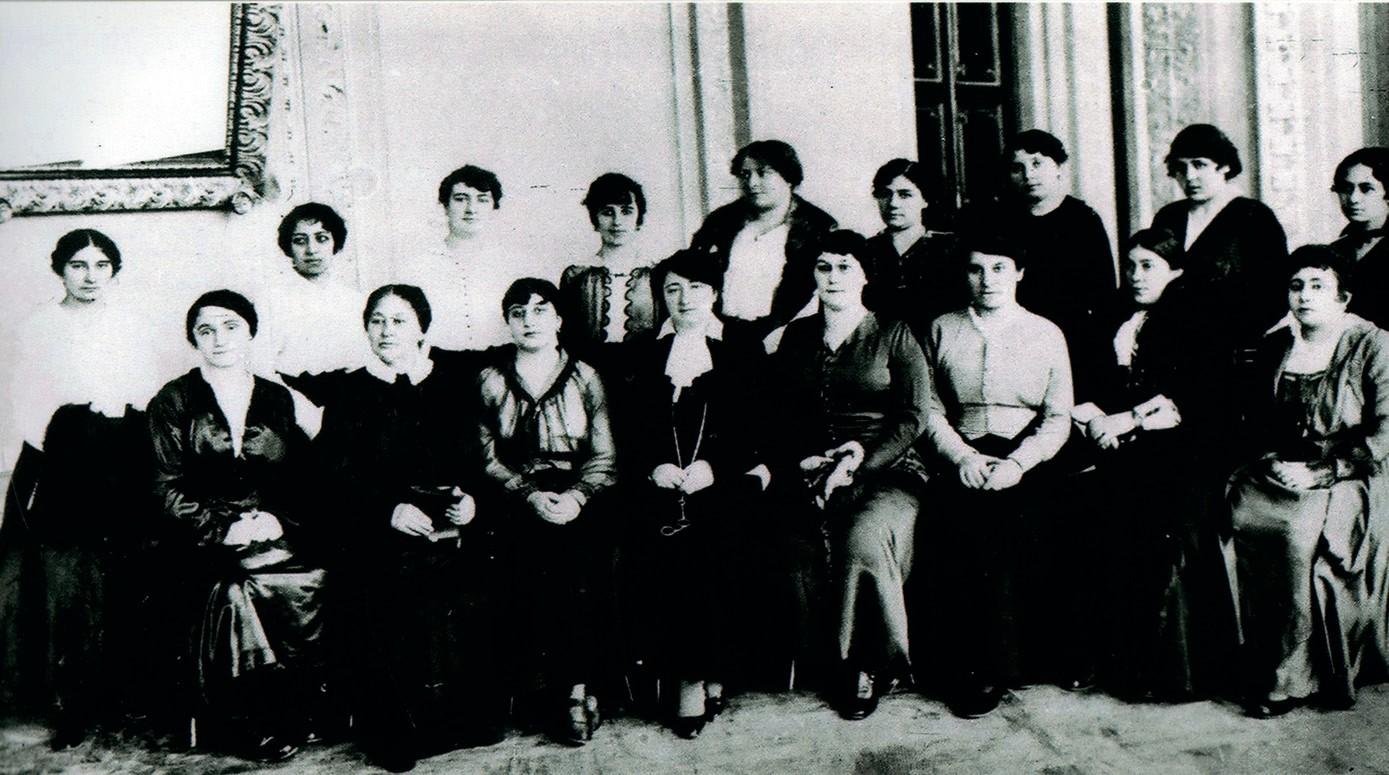
Maryam, Khadija, Fatima, and Maleika Teregulovs were also actively engaged in pedagogical activities in Baku and other cities in Azerbaijan. They taught academic disciplines in Russian, Tatar, and Azerbaijani languages.
Progressive and talented representatives of the Tatar intelligentsia played an enormous role in the transitional period of history and formation of Azerbaijan. Such prominent representatives of the Tatar people as professor and Turkologist Gaziz Salikhovich Gubaidullin, associate professor Maryam Gubaidullina, scientist Najib Khalfin, teachers Salima Yakubova, Khadija Abdurakhmanova, and many others have contributed greatly to the development of the national school and pedagogical thought in Azerbaijan. They are the example of strong spirit, selfless labor, progressive thinking, the model of the ability to be successful in any field, to win the love and respect of society, and to lead the young generation.
Khadija Aliyutdinovna Subkhankulova (married name Alibekova), known as a public figure, publicist, and editor of the first women's newspaper in the Azerbaijani language, also entered the history of Azerbaijan. Her brainchild, the newspaper "Ishig" (Light) has been published in Baku since 1911 in the form of a collection. The newspaper was published by Mustafa bey Alibekov, the spouse of Khadija khanum. The newspaper existed until 1912. Altogether 47 issues were published.
Actor and singer Khanafi Teregulov, People's Artist of the USSR Marziya Davudova, Honored Artists of the Azerbaijan SSR Sofa Basirzade and Aliya Teregulova, the married couple Baykins and many others made a great contribution to the development of Azerbaijani theater in the first half of the 20th century.
An interesting fact is the cooperation of Tatar and Azerbaijani actors at the dawn of the Tatar theater. The first Tatar theater group "Sayar" joined the "Society of Kazan-Caucasian Muslim actors" in April 1908, headed by a well-known Azerbaijani actor and stage-manager Huseynbala Arablinsky. Working together, Tatar and Azerbaijani actors, directors and playwrights exchanged professional experiences, staged performances, and toured the country. The productions of the Association were a great success with the audience.
The number of Tatars arriving in the Azerbaijan SSR increased from year to year. In the first years of the Soviet regime, there was a new influx of immigrants of Tatar nationality. Their numbers were replenished by the peasants who fled from the kulaks and collectivisation, and from the famine that raged in the Volga region in the 1920s. Families from Tatarstan, Penza, Saratov, and Simbirsk regions and the surrounding areas migrated to the Azerbaijan SSR. Many of them were employed in the oil fields of Baku. At the same time, leading party officials and specialists from various sectors of the economy arrived in Azerbaijan. Favorable social conditions of life were created for them: education, medical care, provision of family members with jobs, etc. Tatar schools, kindergartens, libraries, a theater troupe, and musical groups operated.
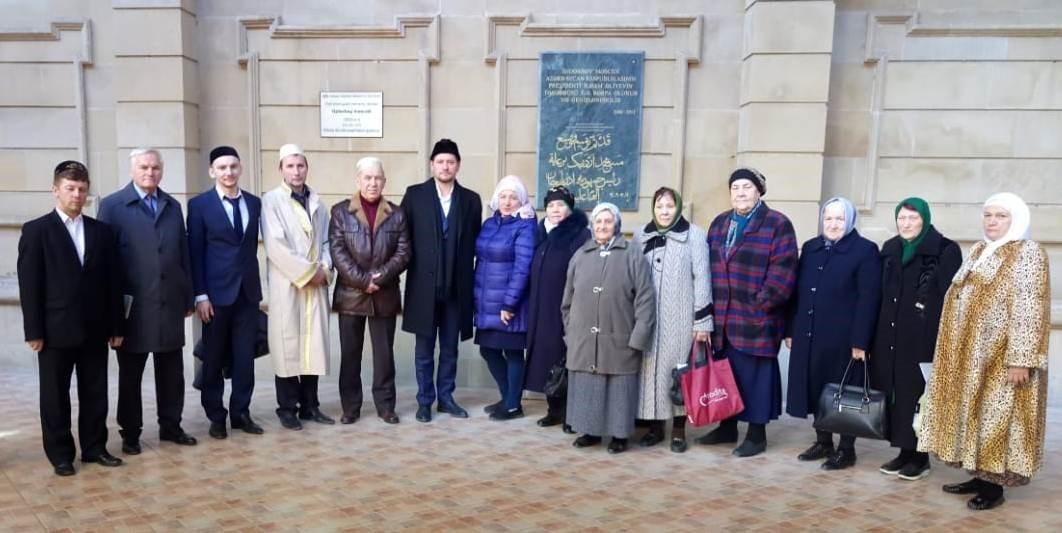
One of the main tasks of the Party leadership of the USSR was the involvement of representatives of the national minorities in the economic, cultural, and social life of the republic. Certain political and educational work was carried out among the national minorities. In order to enlighten the Tatar workers who worked in the oil fields, a newspaper in the Tatar language "Baku Eshchese" started to be published in Baku in 1930. The newspaper covered the issues of industrialisation, the elimination of illiteracy, and published notes on the achievements made, etc. During the years of Soviet terror, the majority of the staff of this Tatar newspaper was repressed. In 1937, Abdullah Bogdanov, editor of "Baku Eshchese", was shot as a public enemy. The newspaper ceased to exist in 1938.
During the Great Patriotic War, the brave sons of Azerbaijan, representatives of different nationalities heroically defended their homeland from the fascist invaders. From the beginning of the war, thousands of Tatars from Azerbaijan were drafted into the Red Army. The heroes of the Soviet Union Bariy Yenaleev and Ismagil Khakimov, the participant in fights for the capture of Berlin Ziyatdin Kurmakayev, major Mahmud Sulyaev, and many others were famous among them.
Women and teenagers in Azerbaijan performed labor feats every day on the home front. The front needed Baku oil and ammunition. They underwent a short training course and immediately began grueling 12-hour-long work in the oil fields, factories, and plants.
It is difficult to overestimate the role of Azerbaijan and its citizens during the Great Patriotic War: the oil, the heroic feats on the battlefields, and the labor exploits in the rear. All 1,460 days and nights of the war Baku was the front city. Without Baku, there would be no Victory Day.
In the post-war period, the Tatars of Azerbaijan joined in the overall work of restoring the national economy and building peaceful life. A number of representatives of the Tatar people received government awards for their self-sacrificing work.
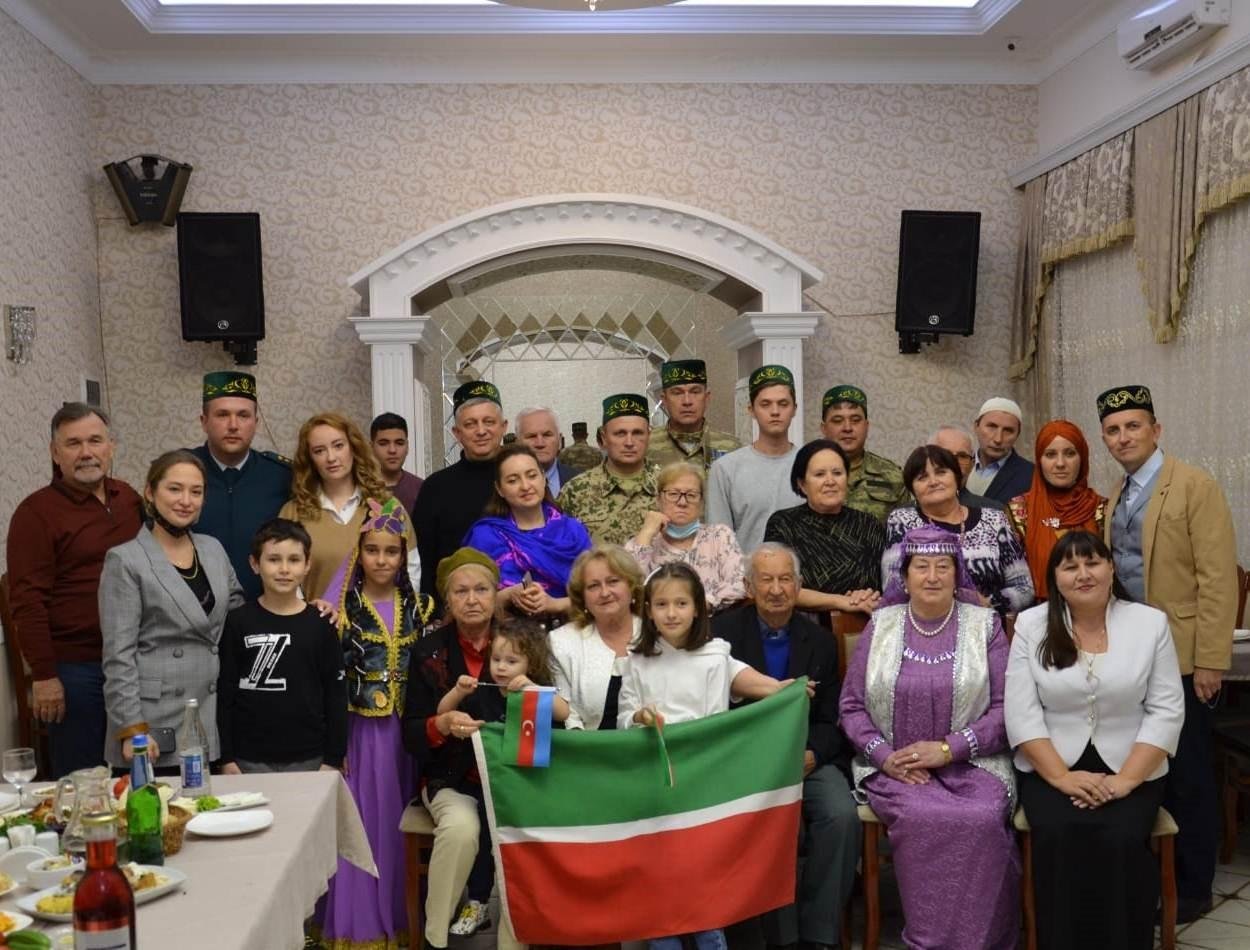
Modern-day Tatars of Azerbaijan
Currently, Tatars continue to live in the territory of the Republic of Azerbaijan as full citizens of the country. They are well integrated into Azerbaijani society, and are an integral, socially active part of it.
There are many intellectuals among the Tatars - public figures, scientists, journalists, architects, artists, and writers. Tatars are widely represented in the sports life of the country.
Despite the fact that the Tatars of Azerbaijan constitute a small percentage of the population, there are many famous personalities, who have made a significant contribution to the preservation of the territorial integrity of Azerbaijan, and the development of sports, culture, and science. Among them are veterans of the Karabakh war - historian and artist Altaf Kulakhmetov, flight engineer Nail Bektimirov, honored coach on track-and-field athletics, European champion Lieutenant Colonel Albert Menyayev, major Rais Shabakayev, warrant officer Rasim Yakhin; Olympic champions Zemfira Meftakhetdinova and Rafiga Shabanova; journalist and photographer Farid Khayrullin, writer and journalist Alexander Khakimov, Honored Worker of Culture of Azerbaijan Nuriya Mansurova and many others.
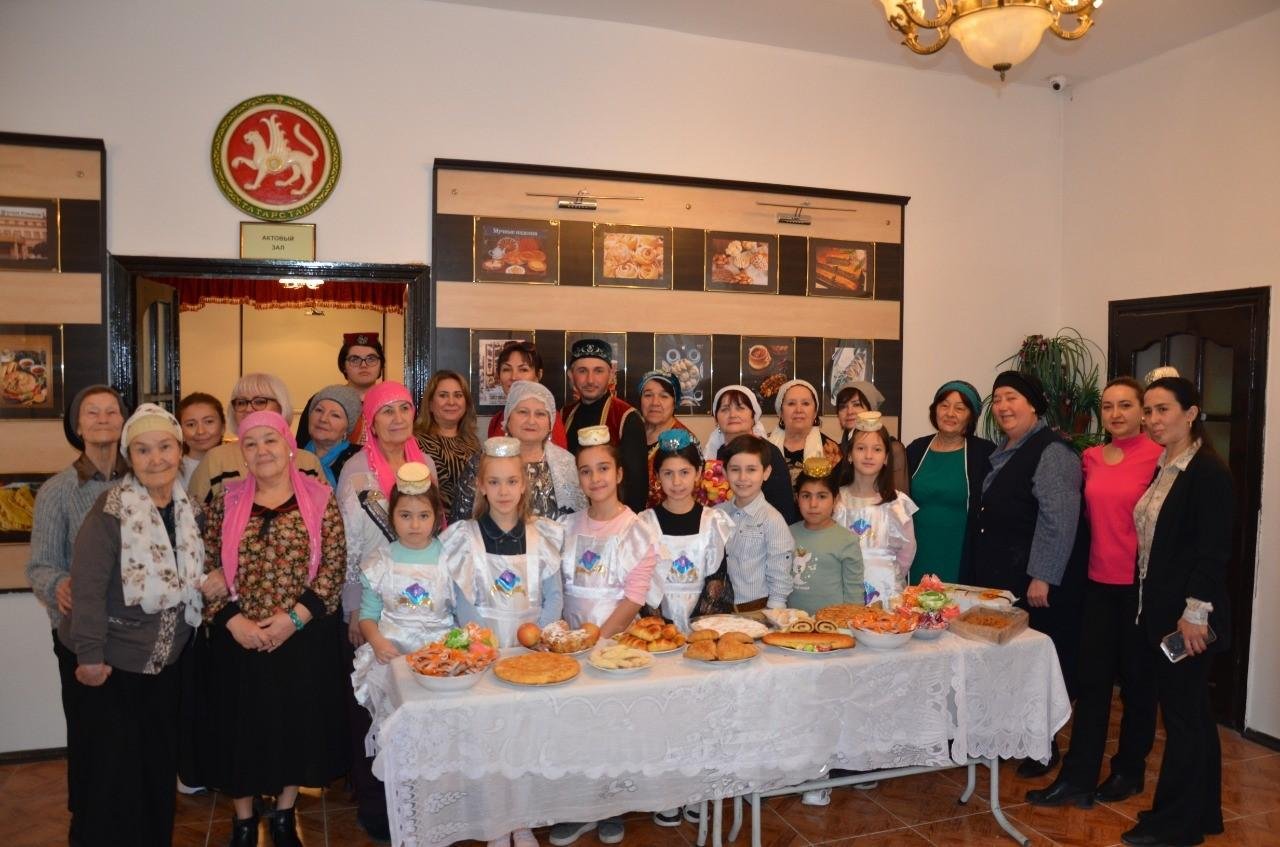
Cooperation between Tatarstan and Azerbaijan
Tatarstan and Azerbaijan have long-standing, historically established friendly ties. Economic, cultural, and humanitarian relations are developing and strengthening.
The Permanent Mission of the Republic of Tatarstan in the Republic of Azerbaijan has been functioning since 1992. The Permanent Mission - a state body of the Republic of Tatarstan, which aims to promote the establishment, development, and expansion of trade and economic, scientific and technical, cultural, and humanitarian relations and contacts between the Republic of Tatarstan and the Republic of Azerbaijan. One of the main tasks of the representative office is the establishment and development of contacts with the Tatar diaspora in the Republic of Azerbaijan.
The post of Permanent Representative of the Republic of Tatarstan in the Republic of Azerbaijan since June 2, 2022, has been held by Murad Asfandiarovich Gadilshin.
Bilateral cooperation was officially fixed by the Agreement between the Republic of Azerbaijan and the Republic of Tatarstan on the trade-economic, scientific-technical and cultural cooperation, signed by the President of Azerbaijan Heydar Aliev, and the President of Tatarstan Mintimer Shaymiyev on November 22, 1996.
The pace and indicators of trade and economic cooperation grow annually. Contracts and agreements are signed between the enterprises, and product supplies are established. The sides exchange visits. Cooperation is also successfully developing in the humanitarian sphere. A number of agreements are signed between educational institutions of the republics, agreements on cooperation between the Ministries of Culture, Education, and so on.
Visits are also carried out at the highest level. On March 2, 2011, the President of the Republic of Tatarstan Rustam Minnikhanov visited Baku and on June 23 President of the Republic of Azerbaijan Ilham Aliyev paid a return visit to Kazan.
There are also several national Tatar public organisations in Azerbaijan: The Republican Society of Tatar Culture "Tugan Tel", the Centre of Tatar Youth of Azerbaijan "Yashlek", the Public Association "Tatarstan" and the Baku branch of the society of Tatar women "Ak kalfak". Every year the societies together with the representation of the Republic of Tatarstan organise a national Tatar holiday "Sabantuy", celebrating Mother Language Day, holidays and memorials dedicated to outstanding Tatar poets and composers, Victory Day, etc. Tatar public organisations in Azerbaijan maintain close contacts with the Executive Committee of the World Congress of Tatars, and Tatar diaspora activists participate in congresses, forums, and other events of the Congress.
In conclusion, it should be noted that Tatars have been living and creating in the fertile land of Azerbaijan for more than two centuries. A common religion, a similar language, mental affinity, and similar ways of life have always united the brotherly Tatar and Azerbaijani peoples. The Tatars are an integral part of the multinational people of Azerbaijan, who at the same time cherish their traditions, culture, and native language, passing on these values to the younger generation.








